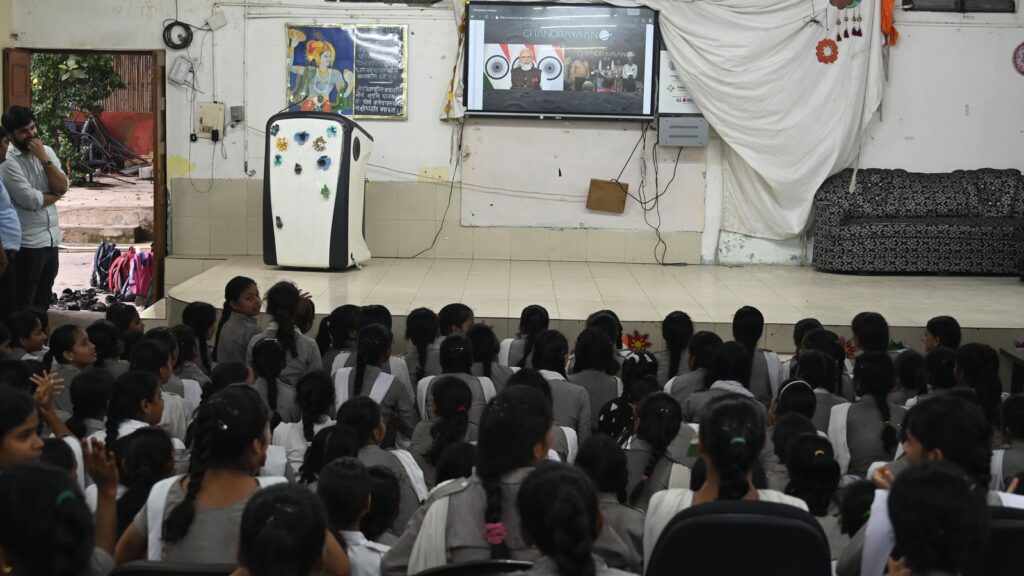Kicking up plumes of moondust, Vikram landed at 6.03 pm, completing an improbable two-decade-long arc in India’s lunar exploration. If Chandrayaan-1 in 2008 pushed India into the elite club of space-faring nations, its third iteration propelled the world’s most populous country into its front row. Only three countries have successfully reached the lunar surface before. And no one has done so on the south pole, where critical evaluations of the moon’s surface, atmosphere, and the presence of water are possible. This traverse – the 20 years it took for a country to sharpen its indigenous science and technology capabilities, and for thousands of men and women to not be daunted by shoestring budgets to make possible the 384,000 km journey to our nearest neighbour, all to ensure that Vikram, with Pragyan rover in tow, seamlessly decelerated from 6,408km/h to zero, in 18 heart-stopping minutes – should stand among our proudest moments as a nation.
But as glorious as the past may have been, the moon is about the future. The success heralds a new era for India’s space exploration, not just for scientific pursuit but also for business opportunities. A 2021 PWC report appraised the lunar economy at a promising $170 billion with the potential of exponential growth, focussing on transportation, lunar data, and in situ resource utilisation. The first deals with the lucrative market of ferrying people and objects to the moon and back. The second allows scientists and agencies to collect and exploit technical data. The third includes mining and extracting resources and products for scientific and commercial purposes. A formidable hurdle was the ability to soft-land a mooncraft regularly and with accuracy – something India showed it is capable of. From the science fiction promise of building lunar colonies to the cold commerce of interplanetary flights, this moment is a watershed.
Space is the ultimate frontier for any nation because it exemplifies the zenith of human exploration. But for a country that threw off the shackles of colonialism a mere 76 years ago and is still pulling millions out of crushing poverty, conquering the moon means so much more. For a pantheon of young boys and girls who watched India step confidently into the vastness of our universe – hunched over rickety wooden benches in their cramped classrooms and village homes – Chandrayaan-3 represented the shattering of limits. Few things can galvanise a nation and imbue scientific fervour like an interplanetary mission. At 6.03 pm on a Wednesday evening, a 1,752 kg craft ignited that spark for a new generation of Indians. It showed them that anything is possible.

